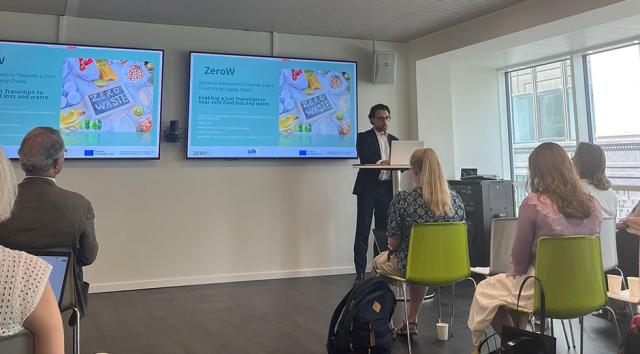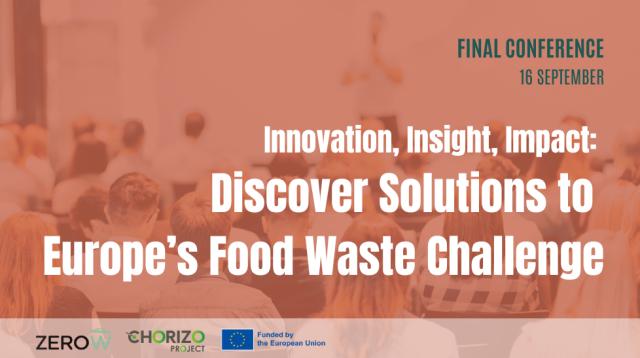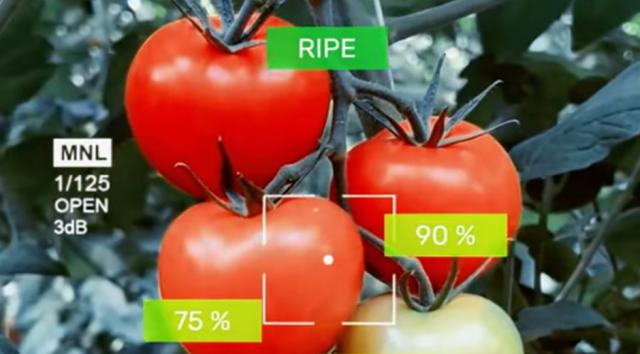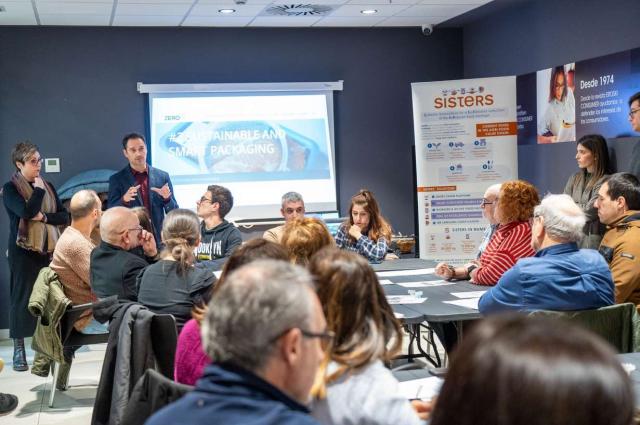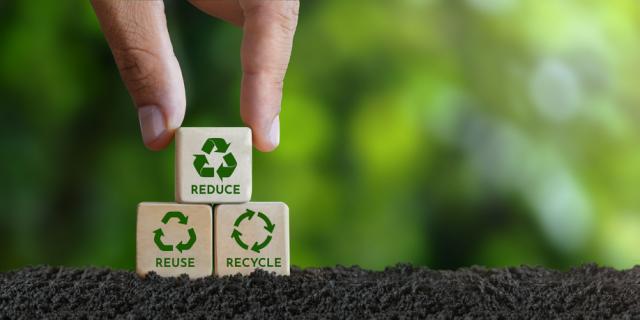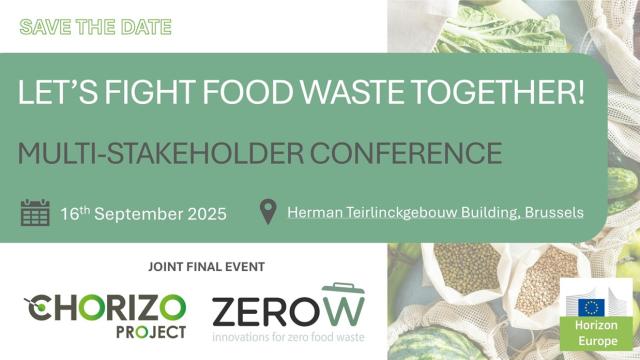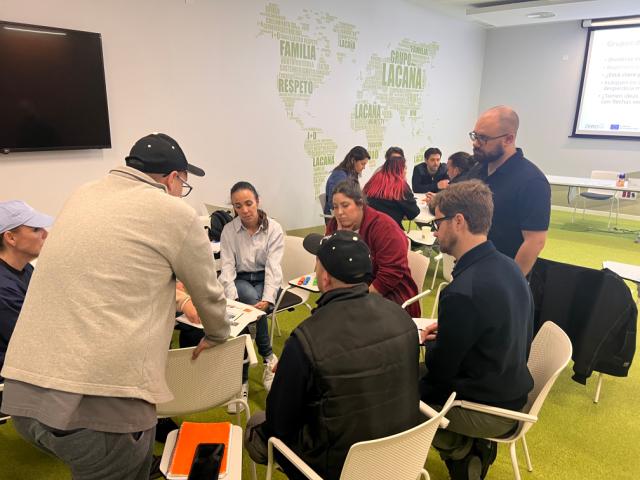Insights from Living Lab #8
Turning waste into value: How can Chlorella vulgaris upcycle food waste?
One significant challenge in growing microalgae under heterotrophic conditions is the economic aspect. The primary carbon source for the growth of microorganisms is glucose. However, its cost significantly increases their total production price, which makes large-scale commercialization of microalgae less appealing. Therefore, circular economy implementation can be carried out in the overall process of heterotrophic cultivation of microalgae to address this challenge.
Under the scope of ZeroW Living Lab #8, at MC’s stores it was developed different types of food waste (FW) formulations, composed by several food groups, such as fruits, vegetables, dairy products, bakery products, fish, meat, and sawdust. Each FW formulation can vary in the type of ingredient/food present within each food group and/or the amount present in the formulation.

At University of Minho, we were able to grow Chlorella vulgaris under heterotrophic conditions solely using solubilized FW formulations as organic medium, without any external supplementation of glucose or macro/micronutrients. For further information, please check out the recent published paper intitled “Comparation of different pretreatment processes envisaging the potential use of food waste as microalgae substrate” (https://doi.org/10.3390/foods13071018).

To improve the uptake of nutrients from the FW formulations, as well as the usage of other formulations for microalgae cultivation, research is currently being performed at University of Minho and Allmicroalgae.
This work is carried out by MC Sonae, University of Minho, and Allmicroalgae
Written by: Ana Sofia Soares and Fabiana Marques (University of Minho)

